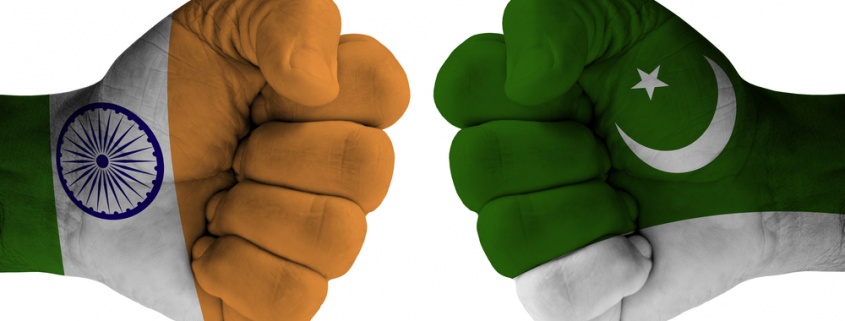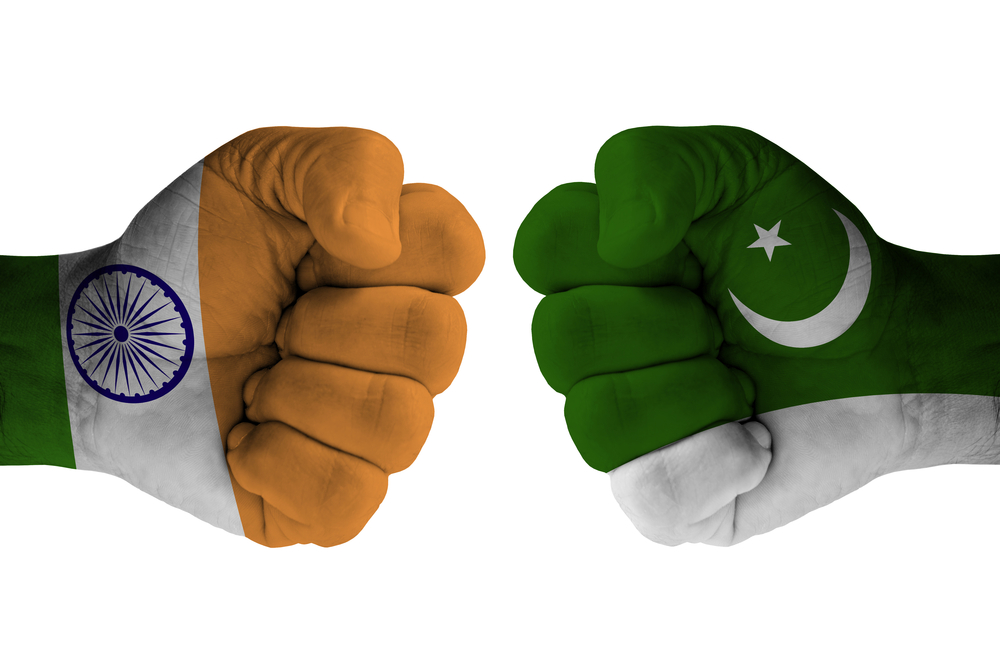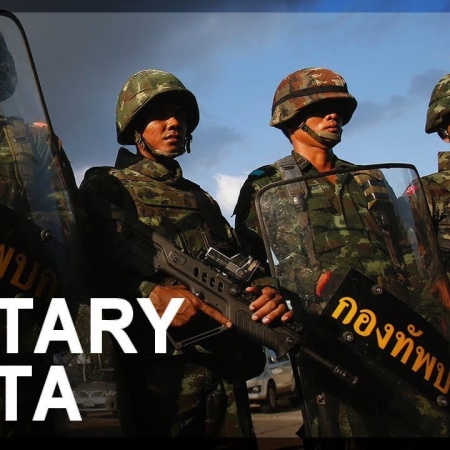Indians and Pakistanis Share in Mob Violence Against Victims of their Definition of Blasphemy
by Saeed Khan
India and Pakistan will both be celebrating their 70th anniversary of independence from British rule this August. While the festivities are only a day apart, these countries have drifted away from one another over the past seven decades with a bitterness that had brought the neighbors to war on three occasions and to the brink of nuclear confrontation at least twice. But as much antagonism these countries bear toward one another, they possess far more similarities than differences. While some may contend that India is much more economically and politically stable than Pakistan, both nations are now confronted by a religious zealotry that makes opaque the line between stability and chaos.
Mashal Khan was a 23-year old journalism student at Abdul Wali Khan University in Mardan, a town in northeastern Pakistan. An outspoken, even provocative, member of campus, Khan was murdered by a mob of his classmates on April 13, 2017. He was dragged out of his dorm room, stripped, beaten and then shot to death. There is still confusion as to why he was killed; some contend his political views and his public criticisms of the university’s administration were the cause. Others claim he was an Ahmadi, long regarded by many Pakistanis and the government, as a heretical group, ineligible to call itself Muslim. The most common reason offered for Khan’s brutal death is that he had committed blasphemy, an act recognized as a criminal offense, though very loosely defined, and more often than not, enforced by zealous members of the public, not by the state.
A week before Mashal Khan was murdered in Pakistan, 55-year old Pehlu Khan was attacked by hundred of people as he was driving his truck in India. Khan was transporting cattle in the western province of Rajasthan. The mob of Hindu extremists killed him for committing a form of blasphemy in their eyes: the eventual slaughter of a cow, considered sacred by Hindus. An inconvenient detail to the horrific episode is that the cows were not destined for the dinner table; they were dairy cows. That did not deter the killers, who were focused on the victim rather than what they supposedly sought to protect.
In India, so-called “cow vigilantes” patrol villages, hunting Muslims who may be slaughtering or even handling cows. Beef consumption is relatively low in the country, as most Muslims prefer lamb and goat, both for its relative affordability and as the result of centuries of deference and religious sensitivity to their Hindu countrymen. Similarly, Christians have also faced increasing discrimination and violence by Hindu extremists who see them as inauthentic Indians, having been converted by missionaries from Portugal and Great Britain, as remnants from the colonial past.
The intensification of India’s fervor against religious minorities is hardly new; communal violence has been a reality for at least a generation, dating back to the destruction of the Babri Mosque, a 16th Century monument in Ayodhya, by a throng of Hindu zealots claiming the mosque stood on the birth site of the deity Rama. The incitement for the incident came from members of the BJP stoking religious discord; with the party now in power, and with Narendra Modi, in particular, leading the nation as its Prime Minister, most find it hardly surprising that millions now feel emboldened to act on their impulses, especially in the absence of any government condemnations or calls for restraint. If anything, the opposite appears to be the case, with Modi appointing hardline officials in the provinces who have openly called for discrimination and worse to be directed toward Muslims.
Prime Minister Modi has promised an ambitious program of reforms for the country to modernize. He has pledged to vastly improve India’s infrastructure, aiding the growth of the nation’s economy beyond its already energetic rate of progress. But Modi also traffics in religious nationalism, appealing to the basest emotions of communal difference, a tactic he used effectively in his prior role as Chief Minister of Gujarat Province, the site of some of the worst communal violence since the country’s independence and partition. India aspires to be perceived as an international, not merely a regional power, and a future economic power in the same league as western nations, China and Japan. Modi’s silence on the current wave of such violence may win him votes and support within India, but it may impede the nation’s ability to gain the legitimacy it craves to be seen as a developed, not developing country.
India and Pakistan are far from the only countries today that suffer the throes of religiously motivated violence. But the charge of blasphemy that drives so much of it in these subcontinent neighbors is unprecedented in its brutality and lack of restraint. Neither government appears equipped or willing to condemn, let alone take swift and strong measures to end the mayhem. Religious leaders seem equally impotent to declare the ungodliness of invoking blasphemy. At this stage, power appears to lie in the public and its own sense of indignation to be judge, jury, enforcer, and executioner in the name of religion: ironically, the very definition of the blasphemy it claims to be attacking.

















2017
1,007 views
views
0
comments